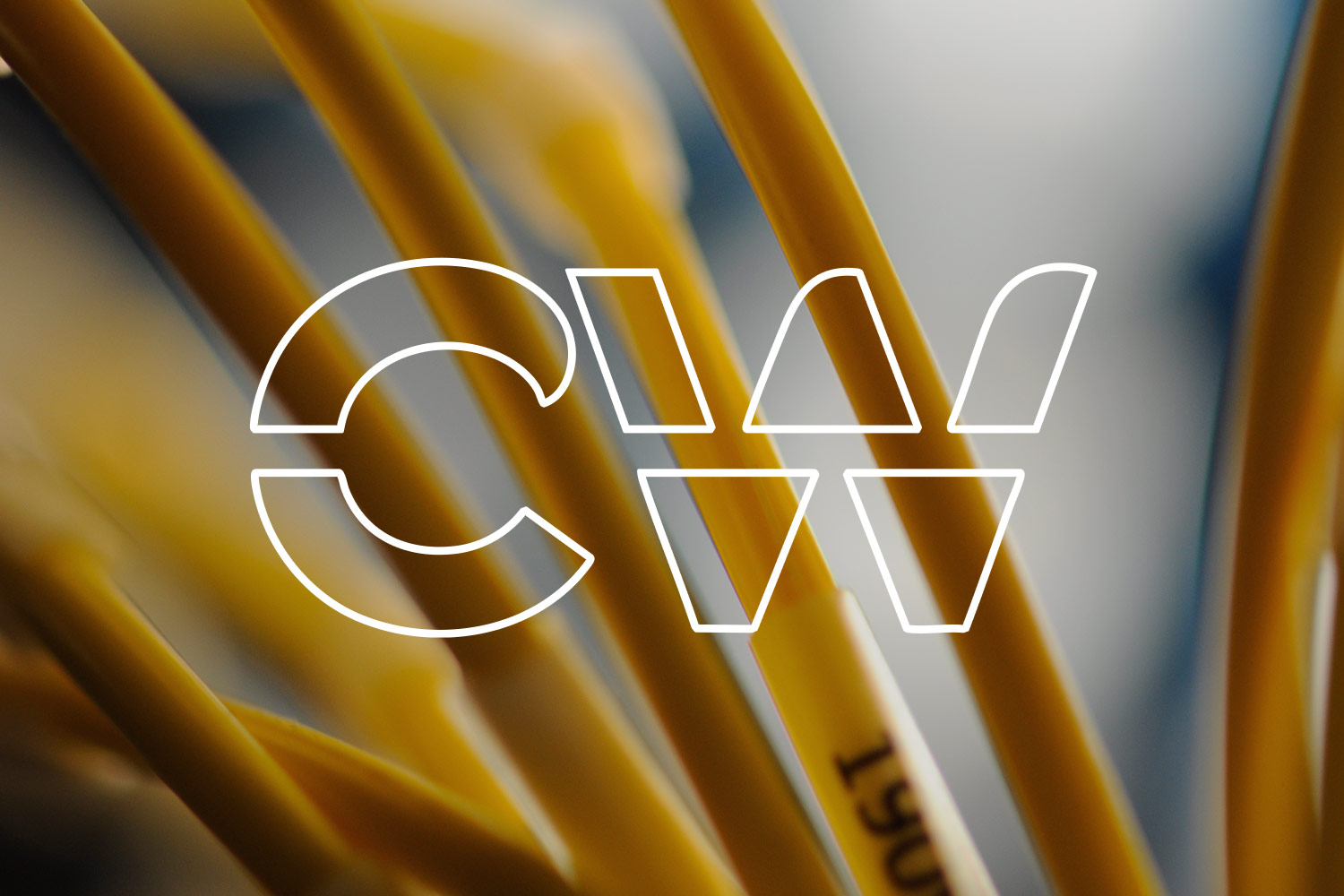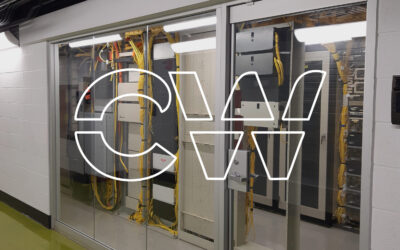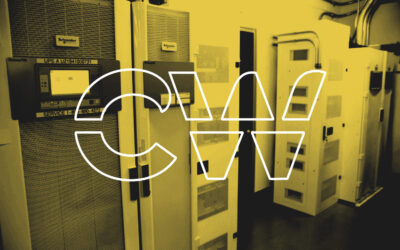Decibel (dB) loss refers to the reduction in signal strength as it travels through a fiber optic cable. This loss can occur due to various factors, including the inherent properties of the fiber, splices, connectors, and environmental conditions. Measuring dB loss is essential for ensuring the efficiency and reliability of fiber optic networks.
The Benefits of Managing dB Loss
1. Enhanced Network Performance
Managing dB loss effectively ensures that the signal strength remains within acceptable levels, thereby enhancing the overall performance of the network. Low dB loss translates to higher signal quality, faster data transmission, and reduced latency, which are crucial for applications requiring high bandwidth and low latency, such as video conferencing, online gaming, and data centers.
2. Increased Distance Capabilities
Fiber optic cables are known for their ability to transmit data over long distances without significant loss of signal quality. However, dB loss increases with distance. By minimizing dB loss through proper cable selection, quality splicing, and connector management, the effective transmission distance can be maximized. This is particularly beneficial for large-scale deployments, such as metropolitan area networks (MANs) and long-haul communication links.
3. Cost Efficiency
Reducing dB loss can lead to cost savings in several ways. First, it can reduce the need for signal amplification or regeneration equipment, which can be expensive. Second, it can extend the lifespan of the network infrastructure by minimizing the wear and tear caused by high signal power levels. Finally, a well-managed network with low dB loss can reduce maintenance costs by minimizing the frequency and severity of outages and repairs.

Factors Affecting dB Loss
1. Distance
The length of the fiber optic run is a primary factor influencing dB loss. Longer distances naturally result in higher attenuation, leading to increased dB loss. This is due to the intrinsic absorption and scattering of light within the fiber material. To mitigate this, network designers must carefully calculate the maximum permissible loss for a given distance and select appropriate fiber types and grades.
2. Connectors
Connectors are essential components in fiber optic networks, allowing for the easy connection and disconnection of cables. However, each connector introduces a certain amount of loss, typically ranging from 0.2 to 0.75 dB per connector. High-quality connectors with precise alignment can minimize this loss, whereas poor-quality or misaligned connectors can significantly increase it. Therefore, using premium connectors and ensuring proper installation and maintenance are crucial for managing dB loss.
3. Splices
Splicing is the process of joining two fiber optic cables together. There are two main types of splices: fusion splices and mechanical splices. Fusion splices, which involve melting the fiber ends together, generally have lower loss (typically around 0.1 dB) compared to mechanical splices, which use an adhesive or mechanical fixture (around 0.3 to 0.5 dB). Proper splicing techniques and equipment can help minimize the loss associated with splices.
Strategies for Managing dB Loss
Regular Testing and Monitoring: Periodic testing of the fiber optic network using tools such as Optical Time Domain Reflectometers (OTDRs) can help identify and address any points of excessive loss.
Quality Components: Investing in high-quality fiber optic cables, connectors, and splicing equipment can reduce dB loss and improve overall network reliability.
Proper Installation Practices: Ensuring that cables are installed correctly, with minimal bending and stress, can prevent additional loss due to physical damage or misalignment.
Maintenance and Cleaning: Regularly cleaning connectors and performing maintenance on splices and other network components can help maintain low dB loss over time.
Coloware’s O2N solution greatly reduces the dB loss and troubleshooting times. With only a single direct fiber link between provider equipment, other equipment such as Colocation panels, risers bundles, MMR panels, and cross connects are eliminated from the equation. Take care of that Loss Budget.



